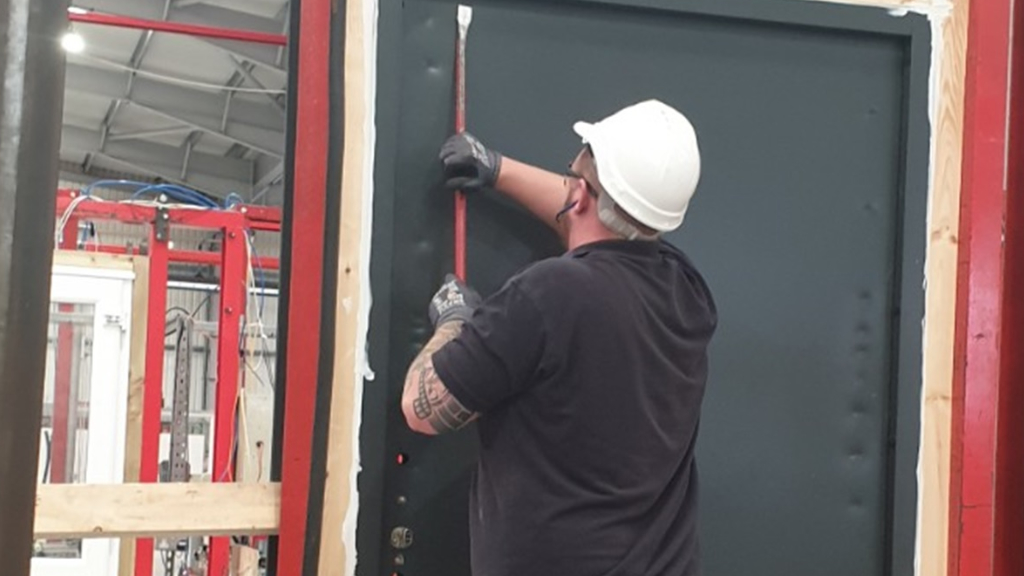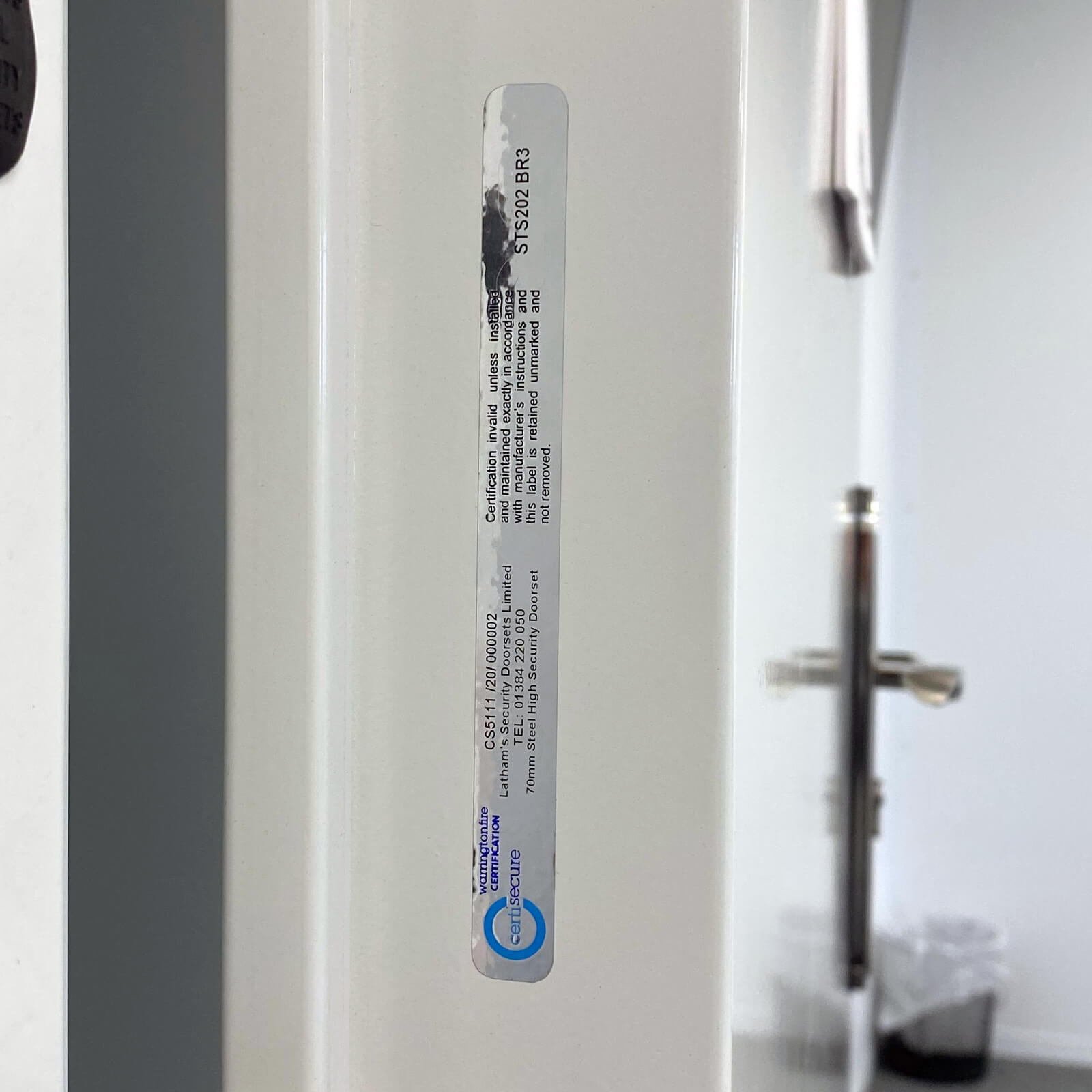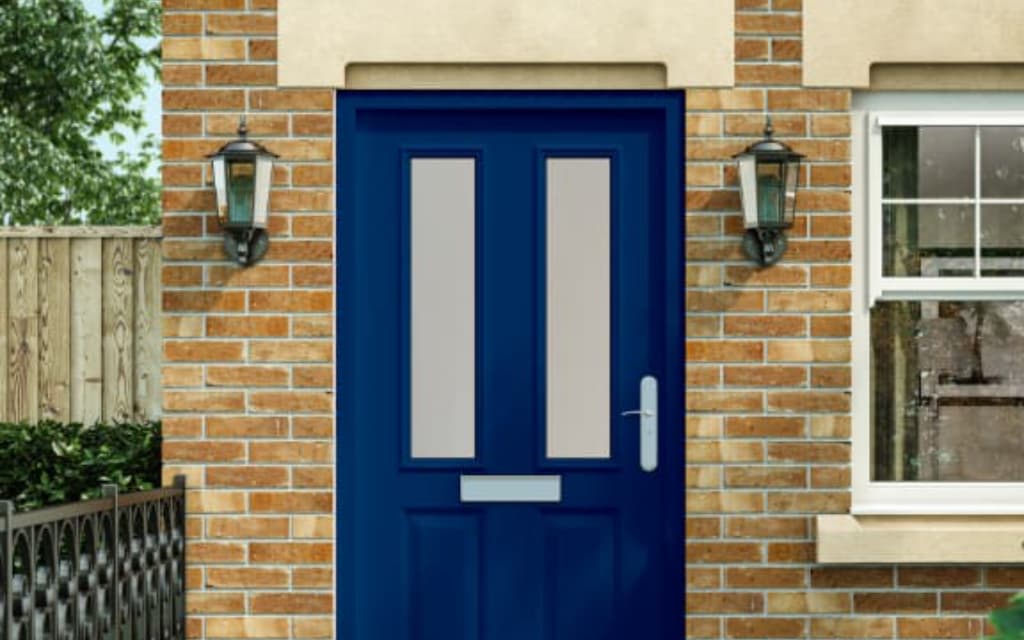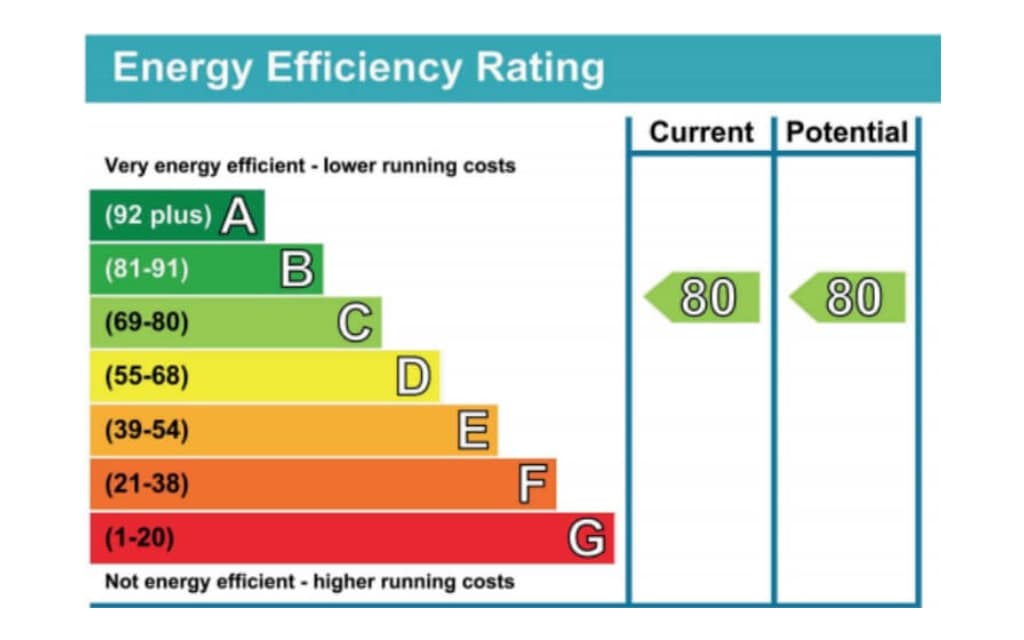STS202 is a UK security testing standard for windows and doors. Read our guide to find out more about what security ratings are and why they are important.

Entry points such as doors and windows are target points for theft, which is why these products need to be tested for burglary resistance. STS202 is a security testing standard in the UK that does just this. STS202 is an accreditation that tests and certifies whether a product is compliant with specific security standards.
The varying degrees of protection are given to the product following an enhanced testing process:
- BR1
- BR2
- BR3
- BR4
This guide looks at STS202 BR certification in detail, the testing process, and how the certification compares to other standards
What is STS202?
The STS202 test system was developed by the certification body, Certisecure. It is a scheme provided by Warringtonfire for manufacturers and suppliers, providing consumers confidence in a product’s performance to deliver property protection and public safety. STS stands for Security Technical Schedule and each product is graded along a BR scale, which stands for Burglary Resistance.
STS202 involves an enhanced testing process on products designed for industrial settings and residential properties. It specifies the use of a range of attack tools that would ordinarily be used by “professional” criminals attempting to gain entry. These tests are graded into separate groups of resistance. Each one of these groups represents an increasingly prolonged attack and an additional set of available tools for the ‘attacker’.
What do the STS202 BR ratings mean?
Unlike other security ratings, STS202 is not a pass/fail certification system. Instead, the system is graded along a BR (burglary resistance) scale, from BR1 through to BR6. The ratings signify how much protection a door or window will provide against a sustained attack on each of its components. BR1 offers a lower-grade security rating and BR6 is the highest.
The tests focus on high-intensity, consistent attacks on the product itself. STS202 standards go beyond the type of attack ordinarily carried out by an opportunistic thief. STS202 specifies a range of attacks that focus on areas most likely to be targeted by burglars, such as glazing units.
STS202 BR1 and BR2
BR1 and BR2 are the lower-grade security ratings on the STS202 BR scale. These are two levels of attack that a door must defy to be certified with this standard. This level of attack would normally be carried out by casual or opportunist intruders on low-risk homes. They would likely avoid making noise, such as banging or using power tools to gain entry. Instead, commonly used tools would be hand tools, levers, and physical force. Burglars in this type of attack would also avoid taking unnecessary risks. The maximum resistance time for BR1 is one minute, and three minutes for BR2.
STS202 BR3 and BR4

Doors certified with a BR3 and BR4 will have withstood an attack from a more experienced criminal, who plans an attack and is prepared to make noise and take risks. The tests are based on medium-risk, commercial properties, rather than domestic ones. The attack tools used in the more prolonged attack include spanners, screwdrivers, pliers, large hammers, chisels and axes, and forceful kicks. The minimum time needed to achieve BR3 is five minutes, and ten minutes for BR4.
STS202 BR5 and BR6
BR5 and BR6 gradings are associated with a more experienced and professional type of intruder. The attacker will likely be aware of the reward an attack will bring. The tools used are often power tools and they are not concerned with making noise to gain entry. These types of burglaries would be carried out on high-risk, high-security properties. The maximum resistance time for both BR5 and BR6 is ten minutes.
Is STS202 the same as LPS 1175?
LPS1175 and STS202 are both security standards in the UK but are conducted by separate independent testing bodies. They can be mistaken for being the same standard as the testing procedure is similar, focusing on similar features and resistance levels to external attacks. STS202 is tested by Element and certified by Certisecure, whereas the LPS 1175 test is carried out by the LPCB (Loss Prevention Certification Board), which is part of the Building Research Establishment (BRE).
Please note:
LPS ratings are more universally known and accepted, but the market is shifting to recognise STS202 with it becoming more commonplace. While the testing procedure and levels are similar, we would always recommend confirming the exact specifications required with insurers.
Is STS202 the same as EN1634?
STS202 is not the same standard as EN1634. Firstly, EN1624 is a European standard, whereas STS202, LPS 1175, and PAS24 are all British standards. EN1634 is not recognised by Secure by Design. This standard also focuses on fire resistance, rather than burglar resistance.
Is STS202 the same as Secure By Design?
STS202 is often mistaken for Secured By Design (SBD). Both are accreditations that test and certify that products meet security standards, however, they are different British standards. Secured by Design is a police security initiative, operated on behalf of the UK Police and its objective is to ensure that products will help to keep homeowners safe.
What are the requirements of STS202?
The STS202 test is carried out by Element, one of the world’s leading laboratory-based testing groups. Their bespoke security test rigs are manufactured to accept samples up to five metres wide and three metres high. A manufacturer can submit a product to be tested and certified, which is done by Certisecure. Doors and windows are put through enhanced tests by Element, to see how long the product can withstand external attacks of varying degrees of intensity and force, which will result in a BR grade.
Security and Peace of Mind
In conclusion, purchasing a product with an STS202 certification offers peace of mind to the consumer. The BR grading system informs a consumer of the level of protection the product will provide to entry points of a home or commercial property.



